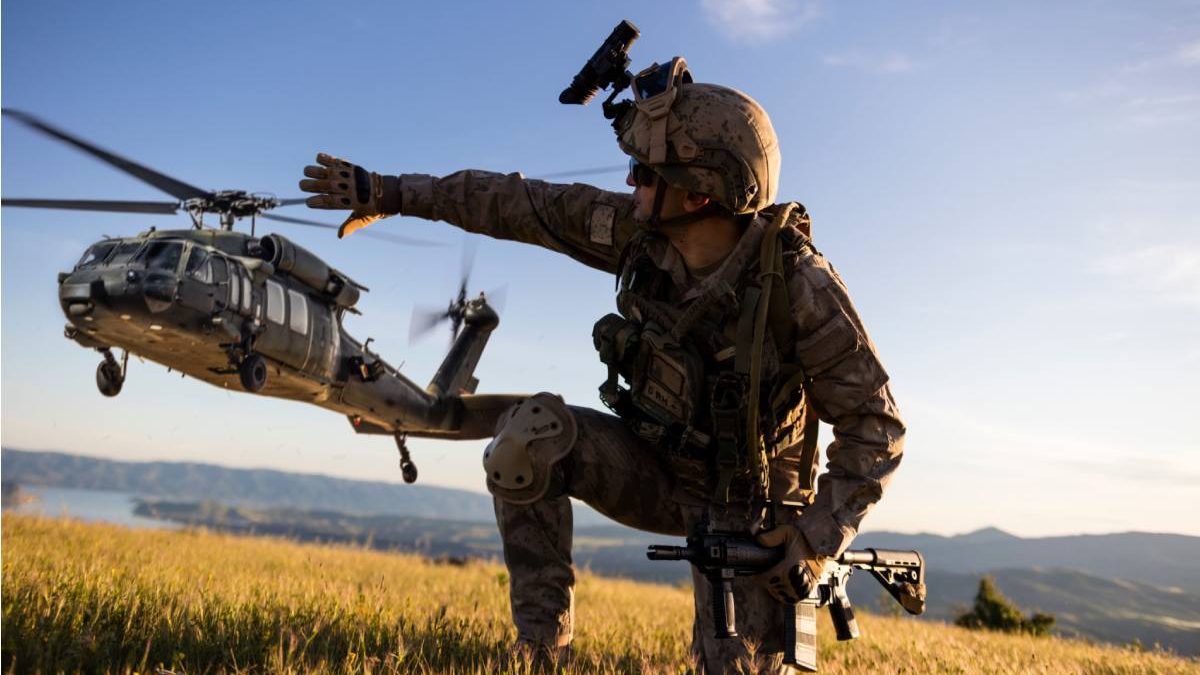Modern Technology in War Conflicts – At the end of the 20th century, there were two of the bloodiest wars ever. They destroyed things and changed the way people think about war for a long time. So much so that the terrible things that happened during that time still scare us today. We thought the threat of another world war was over when the Cold War ended. We were wrong, though. Over the past few years, there have been more military conflicts of all kinds around the world.
To understand this new time of war, it’s important to look back and take stock of what came before. In this article, we’ll look at the five most important things that have changed war over time and what we can expect to happen in the future.
Table of Contents
The Evolution of war: From Feudal time to Today
As long as there have been people on Earth, there has been war. It’s likely that humans first learned how to fight somewhere in Africa, where hunting and gathering laid the groundwork for a society built on fighting.
As people moved around the world and started farming and living in cities, they were always fighting with each other. Throughout history, different places and cultures have called war by different names, but the basic rules of competition have stayed the same. There are various changes included like thermal weapon sight, night vision weapons sight and many more.
The main reason for this change was the way wars were set up in different societies and cultures. In some places, war was a matter of order and discipline.
In others, it was about showing who was in charge and who had the most honor. In both cases, war was used to solve problems and keep people safe. It was also used to show that one was the most powerful person in the world.
The war between countries and the war between countries
As long as people lived in small groups of hunters and gatherers, they almost always fought with each other. As the social structure of non-hunter-gatherer societies got more complicated, so did the number of fights between city-states.
And as society became more industrialized, countries became more and more important, and wars started to move from being between countries to being between countries.
During World War II, for example, most people in the west were more worried about an invasion by Nazi Germany than about sabotage from within the Soviet Union.
Impact of Globalisation:
In recent years, there have been a lot more wars because we’ve put more of our attention on the international level. We have paid a lot of attention to the conflict over the past few decades because of global issues.
This includes limiting the number of weapons, helping people in need, and stopping international terrorism. Because of this, we now know a lot more about how dangerous international war can be. At the same time, this has made us much less aware of national war risks.
Revolution in military technology
The invention of the machine gun in the late 1800s can be seen as the start of modern war. In the past, armies used “combined arms,” which meant they hired both infantry and cavalry, as well as artillery.
But the machine gun made it possible to use smaller, more mobile armies. The machine gun also changed the way troops could be moved quickly from one place to another and how attacks could be planned over long distances. The night vision weapon sight is all new technology in modern time of war.
This set up the conditions for a total war on the battlefield, with military leaders in charge of strategic bombing campaigns and naval blockades. And the development of nuclear weapons means that one’s own country could also be destroyed.
Conclusion
Since there are so many national wars, it’s important to know how they differ from wars in the 20th century. We’ve seen how technology, globalization, and changes in military technology have all affected the way wars have changed over time.
Related posts
Recent Posts
Streamline Your Workflow: Remove Object from Photo Quickly
Introduction: Remove Object from Photo: In the fast-paced world of photography, efficiency is key. Every photographer strives to streamline their…
Retained Domain: Why You Should Renew Your Web Address
Retained Domain: For business owners who are new to the domain name game it’s important to know that they will…

